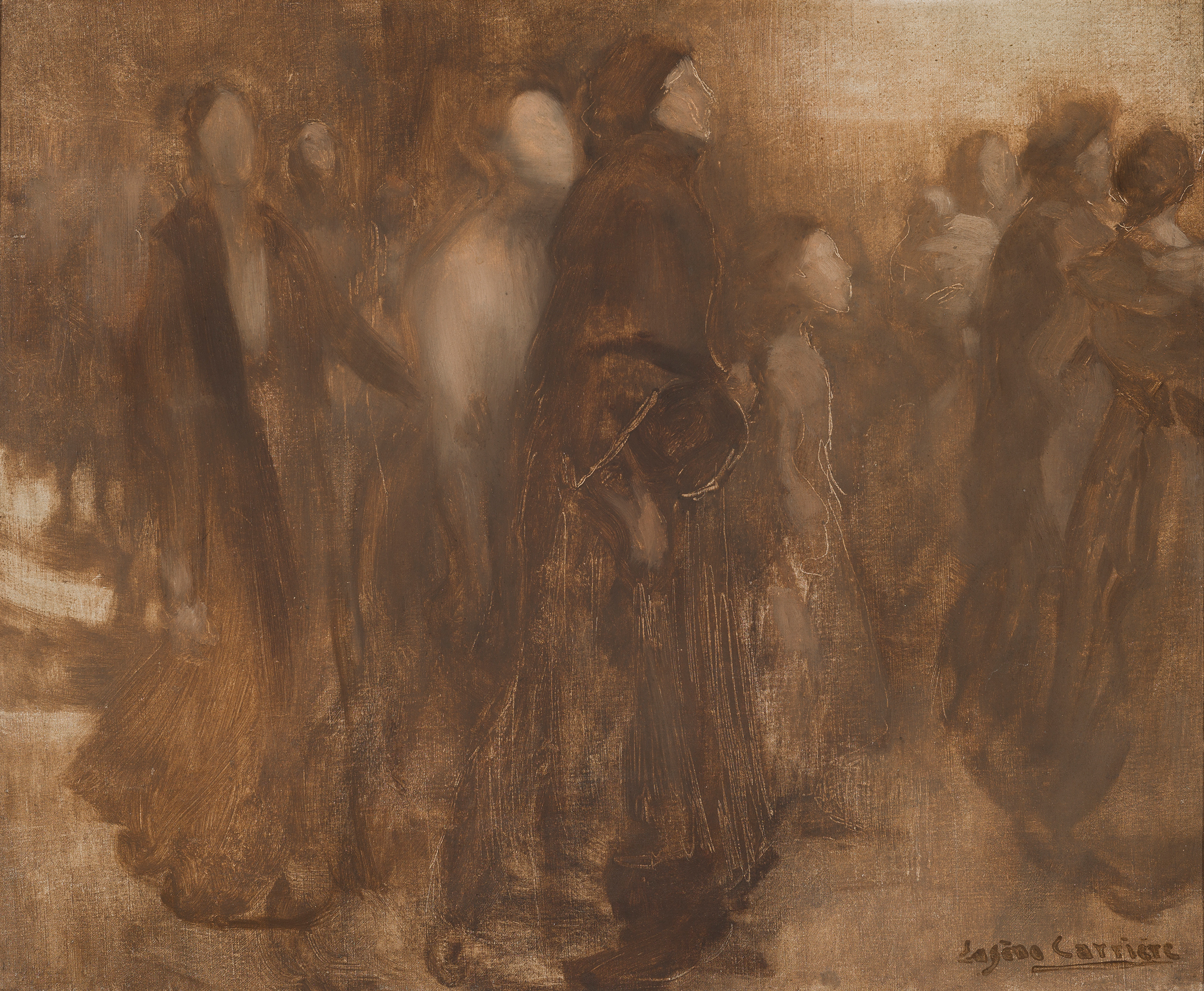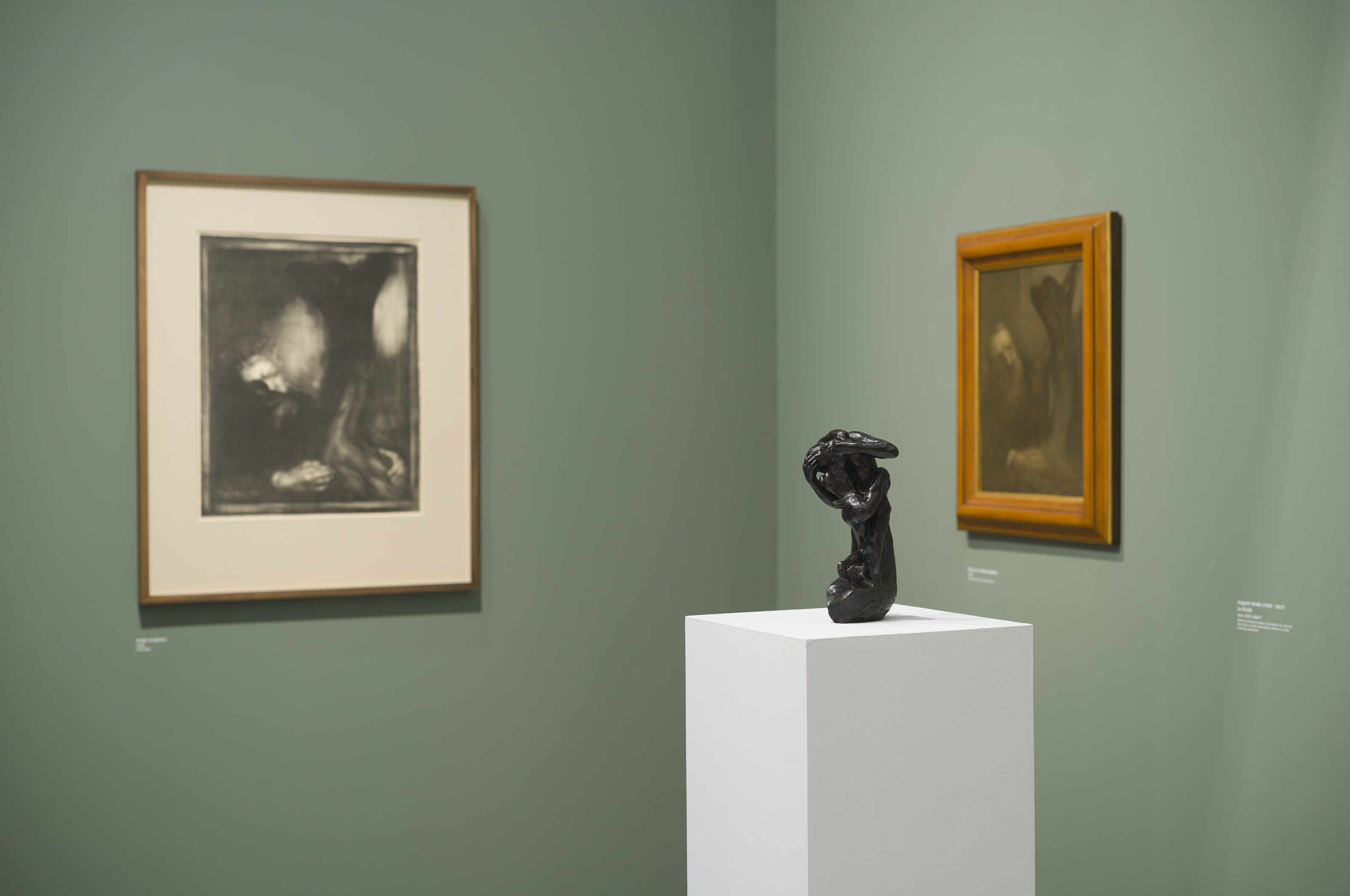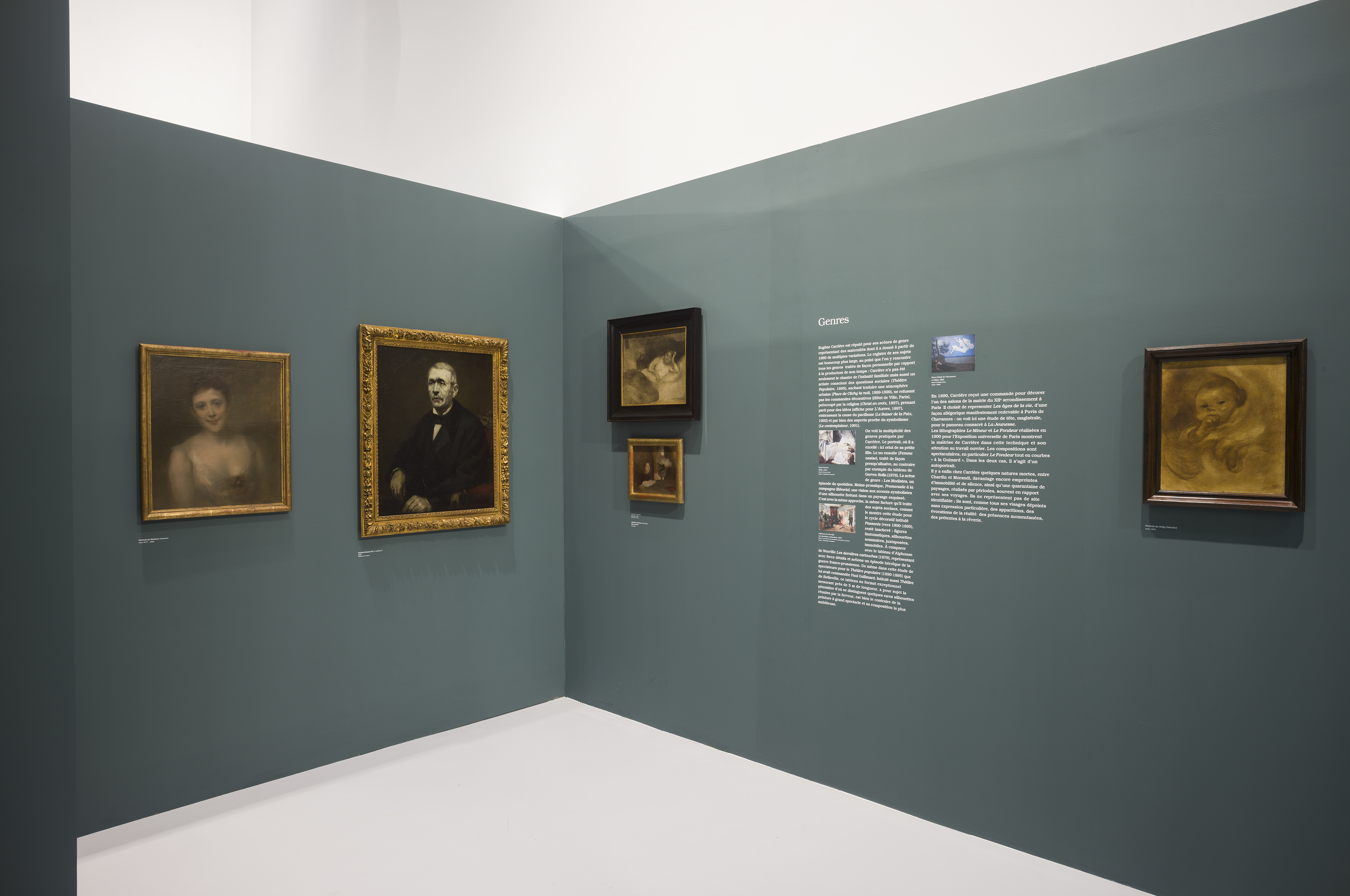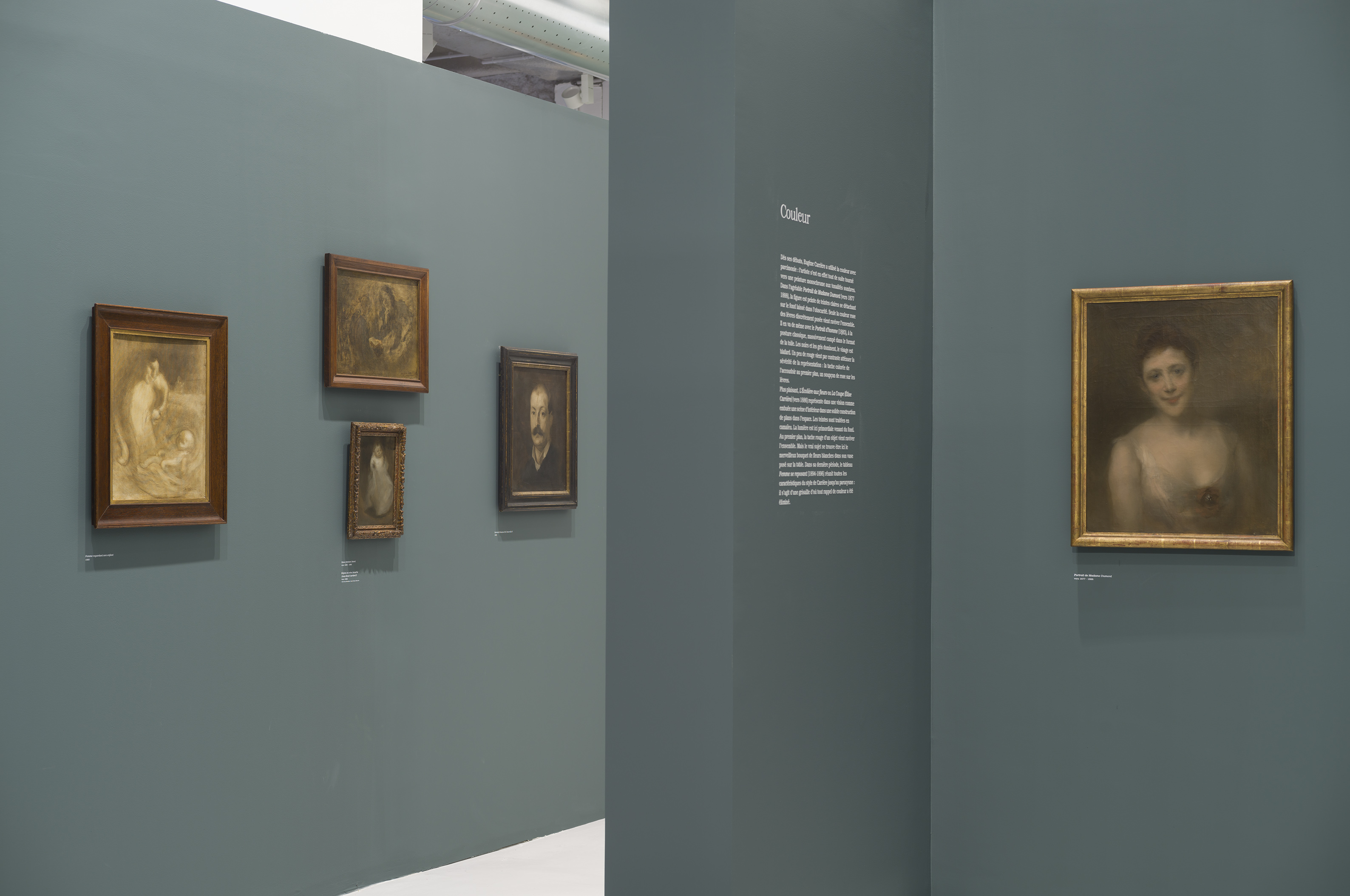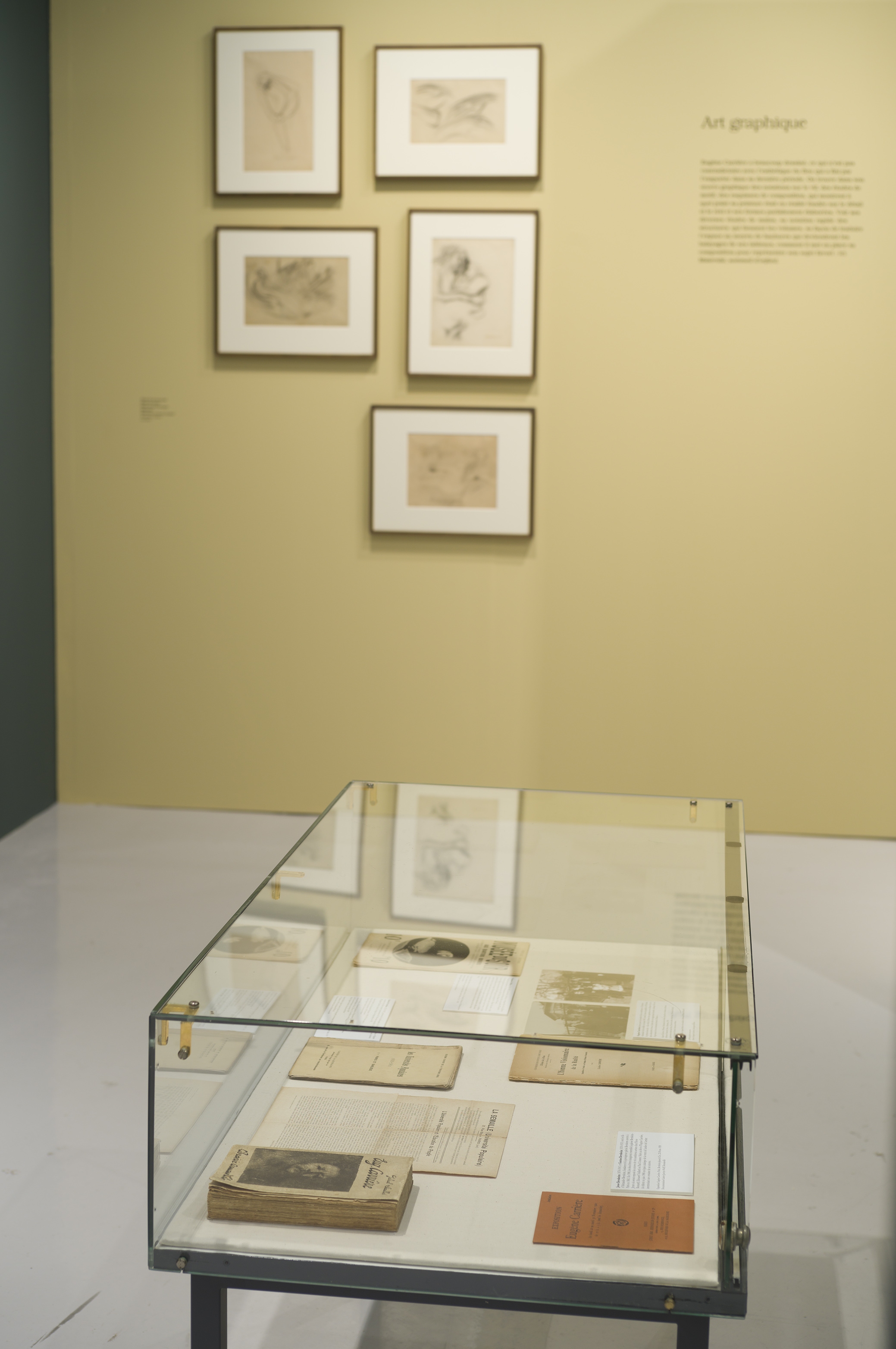Eugène Carrière, L'art d'Eugène Carrière
At the Musée Rodin in Paris, there are always paintings by Eugène Carrière on display alongside the great sculptor’s masterpieces. This was Rodin’s wish: not only as a gesture to their long relationship and friendship, but also in recognition of the artistic value which the sculptor attributed to the painter’s works.
The twentieth century has passed and the Carrière’s name has been all but forgotten. His works are in all the museums, but many are no longer on display. The artist nevertheless met with considerable success in his time, making portraits of all the leading figures, from Clemenceau to Verlaine, by way of Gustave Geffroy, together with innumerable portraits of his family. As weel as helping him to benefit from public commissions, his strong social standing and the input of generous ideas enabled him to set up a mixed painting studio, the Académie Carrière, which was frequented by Matisse and Derain.
Eugène Carrière’s art was recognised and appreciated in his time, the period characterised by the realistic painting of Courbet and Bastien-Lepage, the so-called academic painting represented by Gérôme and Bouguereau, at the same time as Impressionist art, Degas and the movements that followed in succession up until the advent of Symbolism. Eugène Carrière’s work was in a completely different register: very narrow, intimate, primarily made up of affectionate representations of his family, portraits, a series of unrecognisable landscapes and a handful of still lifes. Nothing of the fresco, no history painting, no epics, no grandiosity, but rather the figure and the feeling as an obsession. A style, always the same, a palette without color, restricted to earth tones, using only chiaroscuro to shape the forms, which would gradually become more blurred. At the risk of abstraction. A lean, fluid material, quick brushwork, broadly applied, which eliminated details with no concern for description. Basic compositions, reduced to the essential, a series of figures drawn from the depths and removed from any form of narration.
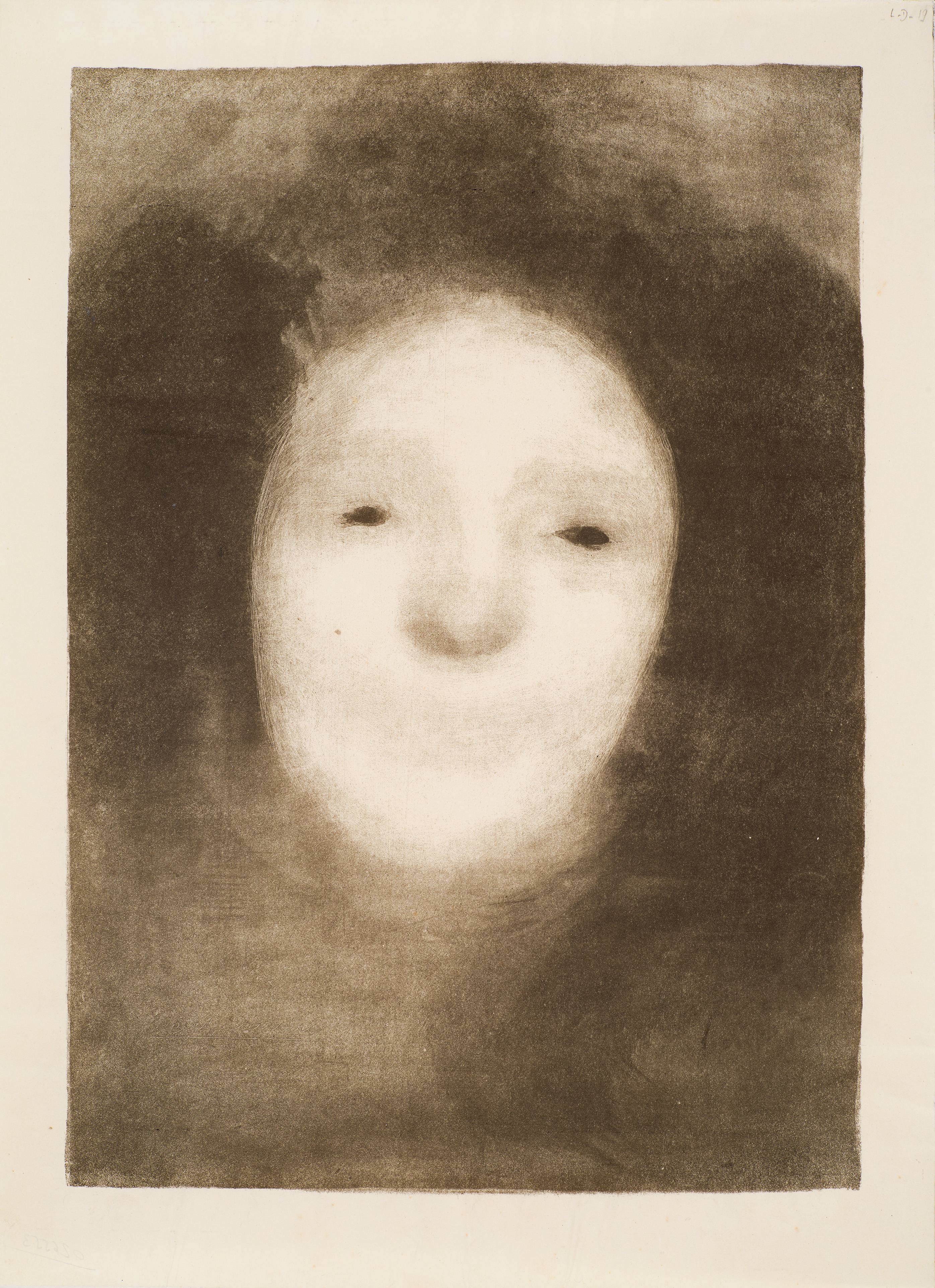
All these contrasts, all these paradoxes, require further investigation. This is the premise of the exhibition presented at the Galerie Jocelyn Wolff, which attempts to define Eugène Carrière’s art in order to understand his contribution to the history of painting. The focus will be on his style, based on chiaroscuro, and on his broad and fast brushwork, which became a signature in itself. The exhibition will present a large collection of oil-painted canvases, together with drawings and prints, bearing witness to the originality of his art which now seems so contemporary.
Text by Serge Lemoine
